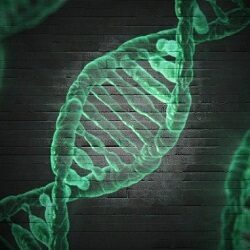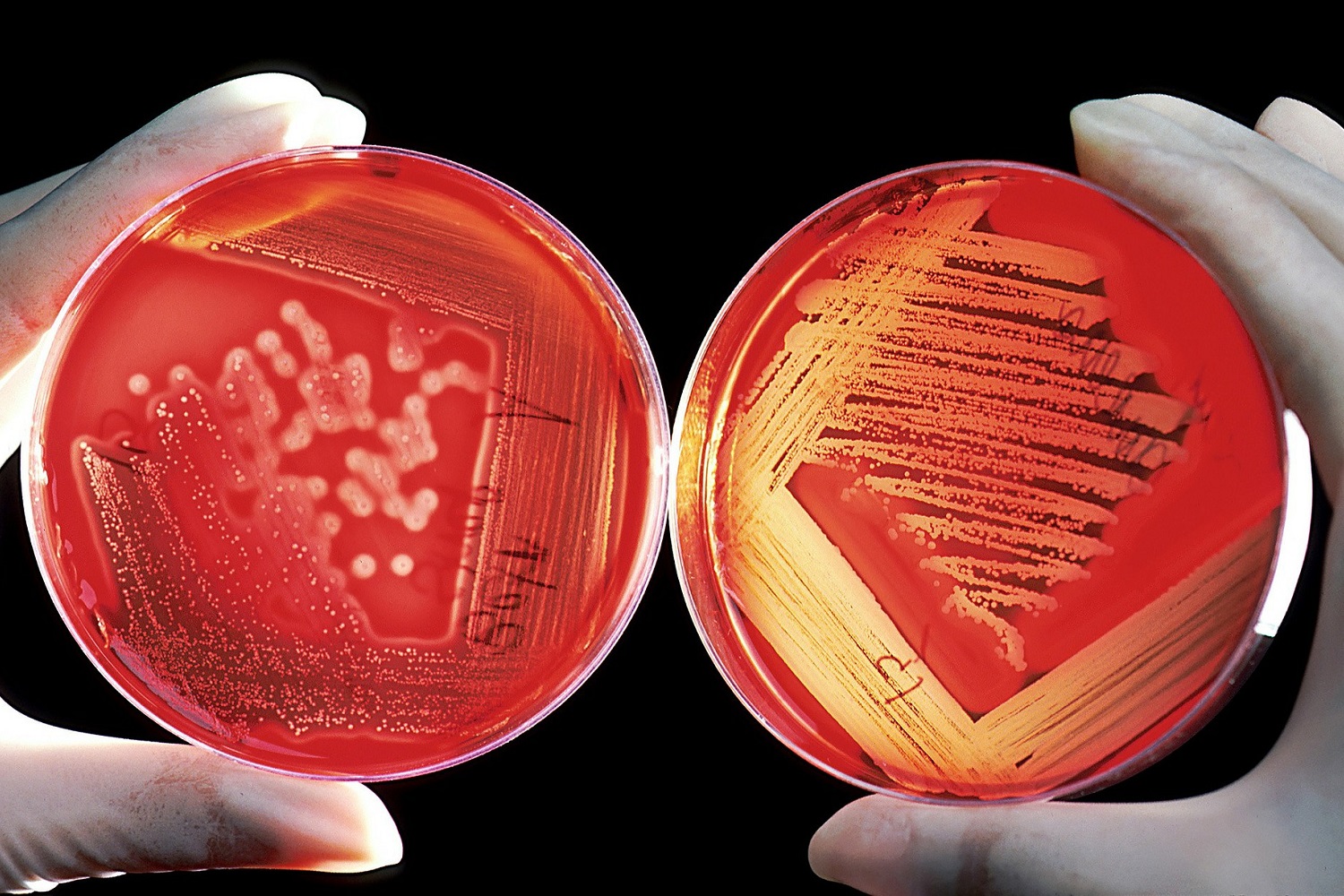What are useful and harmful parabens in cosmetics and food products
Today we will discuss the topic of cosmetic chemistry, namely parabens in cosmetics and food products, why they are necessary and how harmful they are.
Now a lot of times a variety of products are advertised, and the emphasis is on the fact that they do not contain parabens, such as shampoos without parabens or deodorants. Sometimes it is advertised with such pathos that it seems as if these cosmetics can’t boast of anything else.
Parabens are preservatives, whose main task is to kill germs or, at the very least, to prevent them from multiplying.
Modern cosmetics (and many food products) simply can not be imagined without preservatives – it will be stored for no more than three days – a completely senseless period from the point of view of manufacturers. And for the users, too, in most cases it is very inconvenient.
Parabens is the common name for a whole group of substances used as preservatives. They can be:
- mitelparaben,
- ethylparaben,
- propylparaben,
- Butylparaben and others.
All of these are natural substances, derivatives of benzoic acid, which is found, for example, in cranberries and lingonberries. It is thanks to her these berries can be stored for a long time. And methylparaben, for example, is contained in blueberries.
The chemical structure and properties of parabens have begun to be studied since the beginning of the twentieth century, and closer to the thirties they began to be used as preservatives.
Nipa Hardwicke was the first company to produce (and use, respectively) parabens on an industrial scale. Basically, it used them to add them to pharmaceutical products. In chemical language, they are methyl and propyl parabens.
Bactericidal properties
All of these substances have antimicrobial activity of a very broad spectrum. These include:
- Staphylococcus aureus;
- Pseudomonas aeruginosa;
- Escherichia coli;
- pathogenic mold fungi;
- and many others.
It is their growth and reproduction that benzoic acid derivatives stop. This is due to their mechanism of action – they change the permeability of cell membranes of pathogens. Because of this, bacteria can not assimilate glucose and other substances necessary for life.
Applications
For starters, these are commonly used food additives:
- methylparaben – E218,
- ethylparaben, E214,
- Propylparaben – E216.
In what products can they be found?
- Canned foods (mostly fish),
- mayonnaise,
- Sauces of all kinds,
- butter,
- bread,
- Confectionery.
The total content in food ranges from 0.04 to 0.1%. This is based on such calculations that the daily intake did not exceed 10 mg per 1 kg of body weight.
In addition, which is where today’s article began, they are widely used in cosmetics. Moreover, if only one substance is added, according to the norms, its mass fraction should not exceed 0.4%. If a mixture of substances is added, it is 0.8%.
By the way, unlike shampoos, deodorants very rarely contain parabens.
Another big area of application is pharmaceuticals. The most popular “users” of parabens are “Acyclovir”, “Hydrocortisone”, “Hondroxid”, “Codelac”, “Diclofenac”, “Solcoseryl”.
They contain these preservatives ranging from 0.01 to 0.07%.
The list is not limited to the above drugs, of course. This includes syrups, ointments, gels, toothpaste, tinctures, drops, even gelatin capsules.
Benefits and harms
Since there are now many rumors about the harm of parabens, as I already mentioned at the beginning of this article, naturally, scientists could not pass by and conducted many studies. The most extensive were the experiments of American scientists conducted in 1997-2008 on rodents, which showed that parabens are virtually nontoxic, as they are quickly eliminated from the body.
The rumors about hormonal activity of parabens were also disproved as a result of these studies. It turned out that methylparaben has no such activity at all, and the rest of its brethren exhibit weak similarity to the properties of estrogens (female hormones) only in concentrations:
- 4,000 times more than they are in cosmetics;
- 25,000 times more than they are in food.
So, there can be no effect on hormonal shifts in the body.
The possibility of breast cancer has also not been confirmed by studies.
It has now been definitely confirmed that methyl and ethyl parabens are safe for health in the concentrations in which they are used. The data on the other substances in this group are currently being refined.

